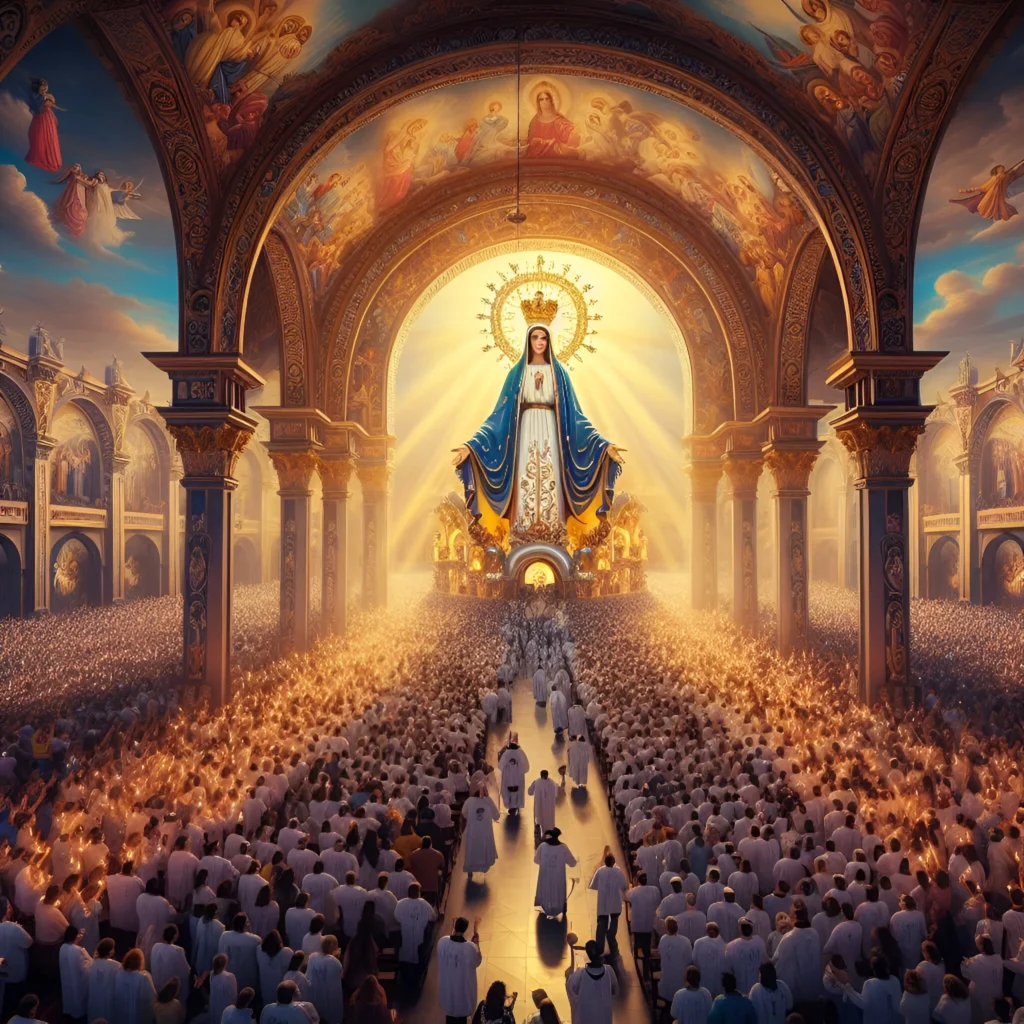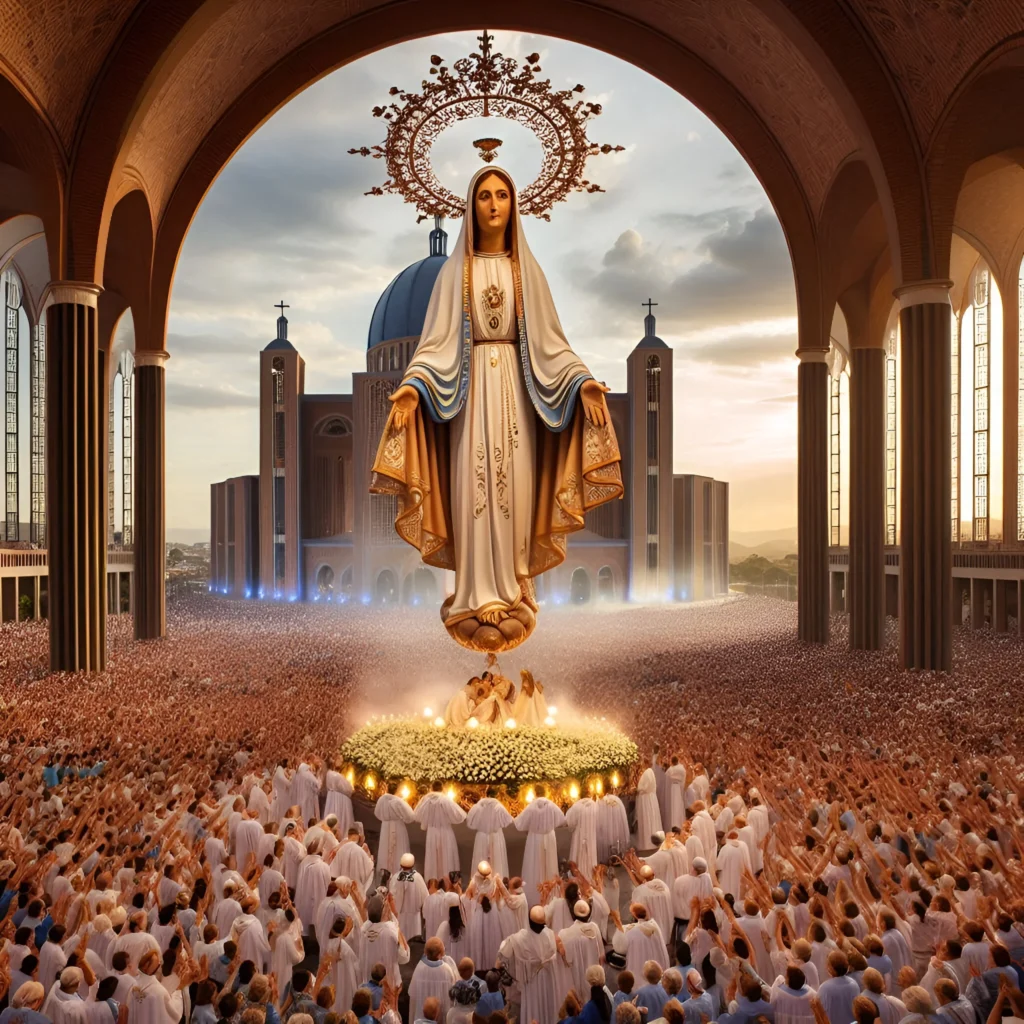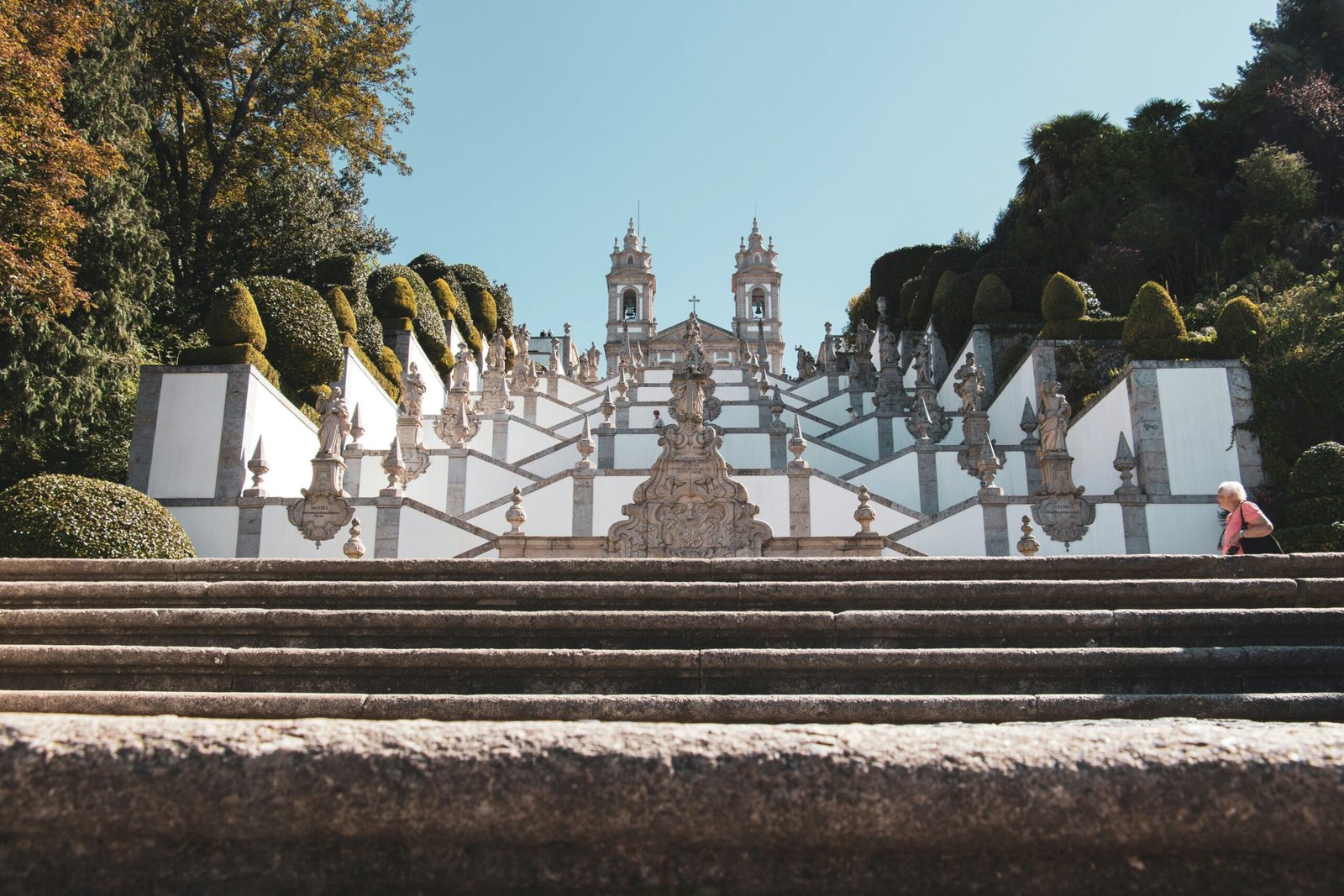The Annual Pilgrimage to Nossa Senhora Aparecida: A Deep Dive into Brazil’s Spiritual Heart on 12

The Significance of October 12: A Day of Worship and Celebration
October 12 marks a pivotal date in Brazil, celebrated annually as the feast day of Nossa Senhora Aparecida, the country’s patron saint. The historical roots of this event can be traced back to the discovery of a small statue of the Virgin Mary in 1717 by three fishermen in the Paraíba River, near the town of Aparecida. The discovery is regarded as miraculous, and it swiftly became the centerpiece of devotion for millions of Brazilians. As a result, this day has evolved into a nationwide symbol of faith and cultural identity, uniting individuals from various backgrounds in a shared spiritual experience.

The significance of October 12 extends beyond its religious aspects, reflecting a unique blend of history, culture, and community. For many believers, this day is an opportunity to engage in acts of worship that include participating in Masses, making pilgrimages to the Basilica of the National Shrine of Our Lady of Aparecida, and partaking in various local festivities. These activities cultivate a profound sense of belonging and connection among devotees, demonstrating the enduring impact of Nossa Senhora Aparecida on Brazilian life.
On October 12, cities throughout Brazil come alive with celebrations that feature parades, music, and food. Various religious rituals are performed as a tribute to the Virgin Mary, emphasizing themes of gratitude, hope, and renewal. This day serves as both a celebration of faith and an expression of Brazilian cultural heritage, showcasing the rich tapestry of traditions that have emerged from generations of devotion.
The widespread observance of October 12 highlights its role in reinforcing national identity and community ties among Brazilians. The traditions surrounding this date are cherished by countless individuals, making it a cornerstone of Brazilian spirituality and cultural expression. In conclusion, October 12 is not just a day on the calendar; it is a vital celebration that intertwines the religious, historical, and societal facets of Brazil’s collective identity.
The Basilica of Aparecida: A Marvel of Architecture and Faith
The Basilica of Aparecida, situated in the municipality of Aparecida, São Paulo, stands as an epitome of architectural brilliance and a crucial pilgrimage destination for millions of devotees. Inaugurated in 1980, the basilica’s design is the brainchild of renowned architect Plínio Marcos, embodying a vast circular structure. This design not only enhances the acoustics within the space but also symbolizes the infinite nature of faith, inviting worshippers to gather in communion.
This magnificent basilica can accommodate approximately 45,000 pilgrims at any given time, reflecting its role as a central hub for religious gatherings. Its unique features include towering columns and a stunning façade adorned with intricate artistic murals that narrate the history of the Virgin of Aparecida, a revered figure in Brazilian Catholicism. These murals are not only visually striking but also serve to inspire reflection and reverence among visitors.
The interior of the basilica is equally impressive, boasting a grand altar, beautifully crafted wooden benches, and a multitude of chapels dedicated to various saints. The central nave guides the gaze upward to a stunning dome, where elements of natural light filter through, creating a celestial ambiance that enhances the spiritual atmosphere. The use of local materials in construction adds to the basilica’s identity, intertwining nature with spirituality.
Moreover, the Basilica of Aparecida plays a vital role in the cultural and social landscape of Brazil. It hosts numerous religious events throughout the year, including the celebration of the feast of Nossa Senhora Aparecida on October 12, which attracts thousands of pilgrims. As a result, the basilica has become not just a place of worship, but a symbol of community resilience and shared faith, affirming its status as one of the most significant pilgrimage sites globally for Catholics.
The Journey of the Devotees
The pilgrimage to Nossa Senhora Aparecida, revered as Brazil’s spiritual heart, is a deeply rooted tradition that draws millions of devotees each year. This significant event encompasses a multitude of practices and rituals that bring together believers from varied backgrounds. Typically, pilgrims embark on this journey using various modes of transportation, including buses, cars, and, for the more devoted, by foot. The latter option is a testament to their commitment, often taking several days to complete.
Prior to their journey, many devotees engage in physical and spiritual preparations, a process that heightens their connection to the pilgrimage. Physical preparations often include fasting, which serves as both a form of penance and a means to focus their intentions. Mentally, the pilgrims may participate in reflection or prayer, creating a personal narrative that resonates with the broader collective experience. This preparation is integral to their sense of participation and devotion during this sacred journey.
The rituals performed during the pilgrimage frequently involve communal prayers, songs, and acts of devotion that foster a profound sense of unity among participants. Devotees often share personal stories of inspiration and faith, which add layers of meaning to the overall experience. The act of lighting candles, offering flowers, and attending Mass at the basilica enhances their palpable sense of purpose and belonging. Every story and act of devotion contributes to the tapestry of the pilgrimage, with each individual bringing their unique perspective, yet finding common ground in their faith.
Thus, this annual pilgrimage exemplifies not only a spiritual journey but also a testament to human connection, expressing the diverse yet unified spirit of those who seek solace and enlightenment in their devotion to Nossa Senhora Aparecida.
Cultural Impact: Nossa Senhora Aparecida in Brazilian Society
Nossa Senhora Aparecida, the patroness of Brazil, holds a prominent posición in the socio-cultural landscape of the nation, embodied not only as a religious figure but also as a national emblem. Her significance transcends the confines of spirituality, becoming a unifying symbol that resonates deeply with the Brazilian populace. The pilgrimage to her shrine in Aparecida is not merely an act of faith; it represents a celebration of Brazilian identity and solidarity among diverse communities.
The influence of Nossa Senhora Aparecida on Brazilian art is particularly notable. Artists across various mediums have drawn inspiration from her image, infusing their works with themes of devotion, hope, and resilience. This has manifested in paintings, sculptures, and even literature, illustrating her enduring relevance to the Brazilian spirit. Music also pays homage to her significance, with numerous songs dedicated to Nossa Senhora Aparecida that capture the essence of collective worship and reverence. These artistic expressions serve not only to honor her but also to propagate cultural values that celebrate unity and social cohesion.
Furthermore, the figure of Our Lady of Aparecida plays a pivotal role in local traditions and community initiatives. Many social movements find inspiration in her story, echoing themes of justice, compassion, and empowerment. The annual pilgrimage fosters a profound sense of hope, resilience, and community among Brazilians. Participants, regardless of their backgrounds, converge on the sanctuary, creating a powerful atmosphere of shared beliefs and aspirations. This sense of togetherness is vital, particularly in a society marked by socio-economic challenges, as it reinforces the idea of collective strength rooted in faith.
In conclusion, the cultural impact of Nossa Senhora Aparecida in Brazilian society extends beyond religion, influencing art, music, and community dynamics. Her image serves not only as a sacred symbol but as a beacon of hope and resilience for all Brazilians, fostering unity and inspiring social progress. This annual pilgrimage continues to be a testament to her profound legacy in contemporary Brazil.MORE

